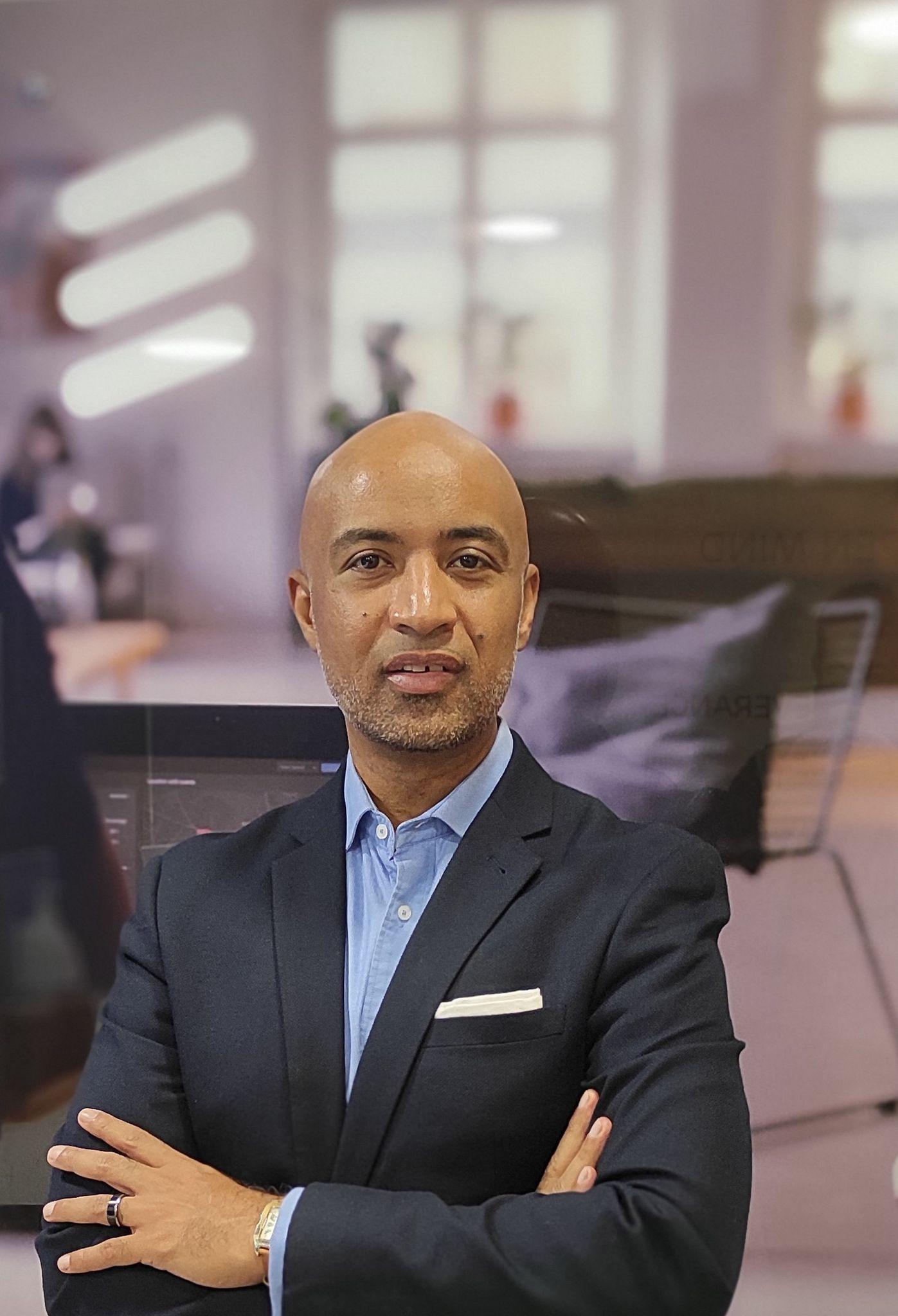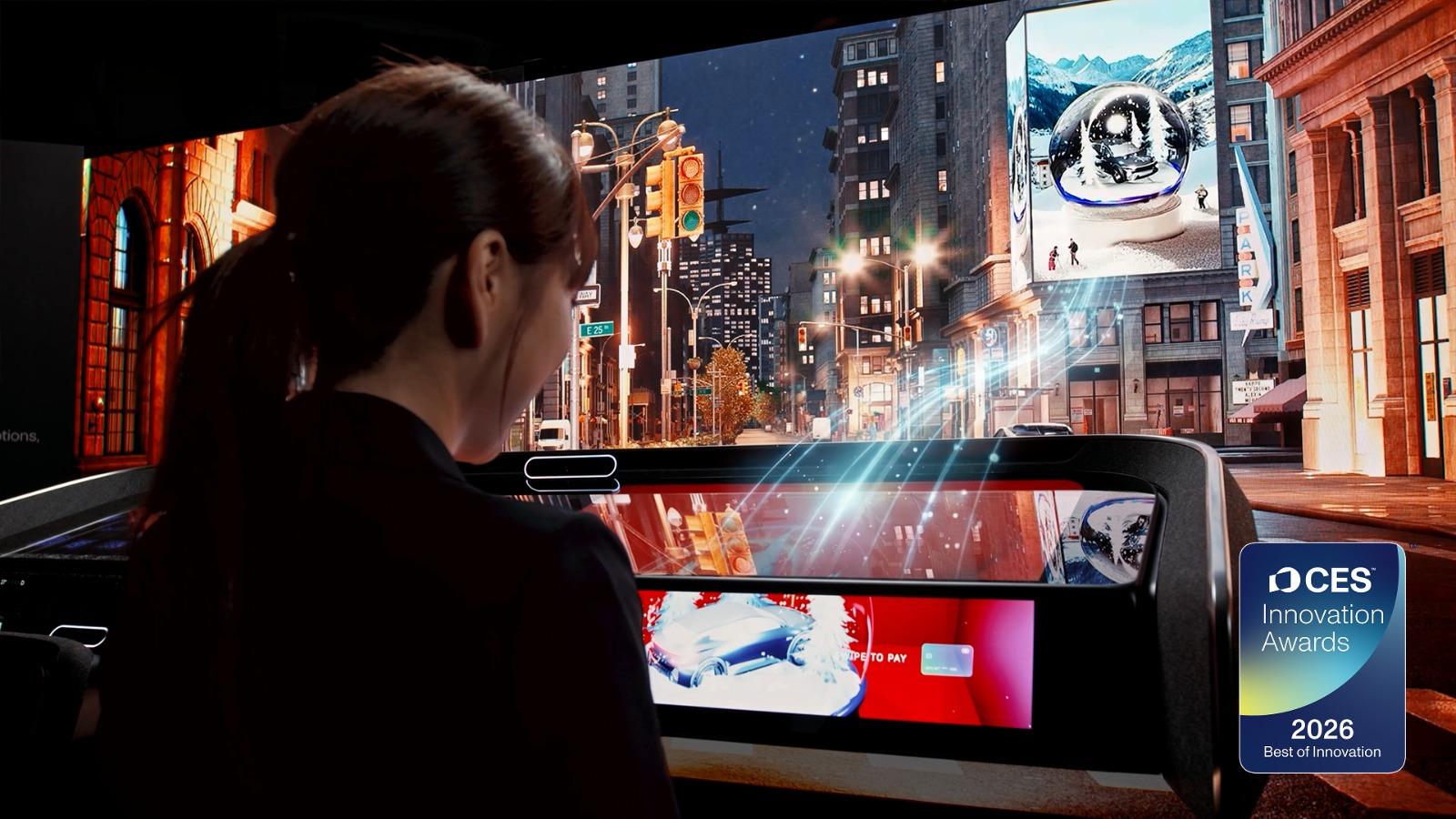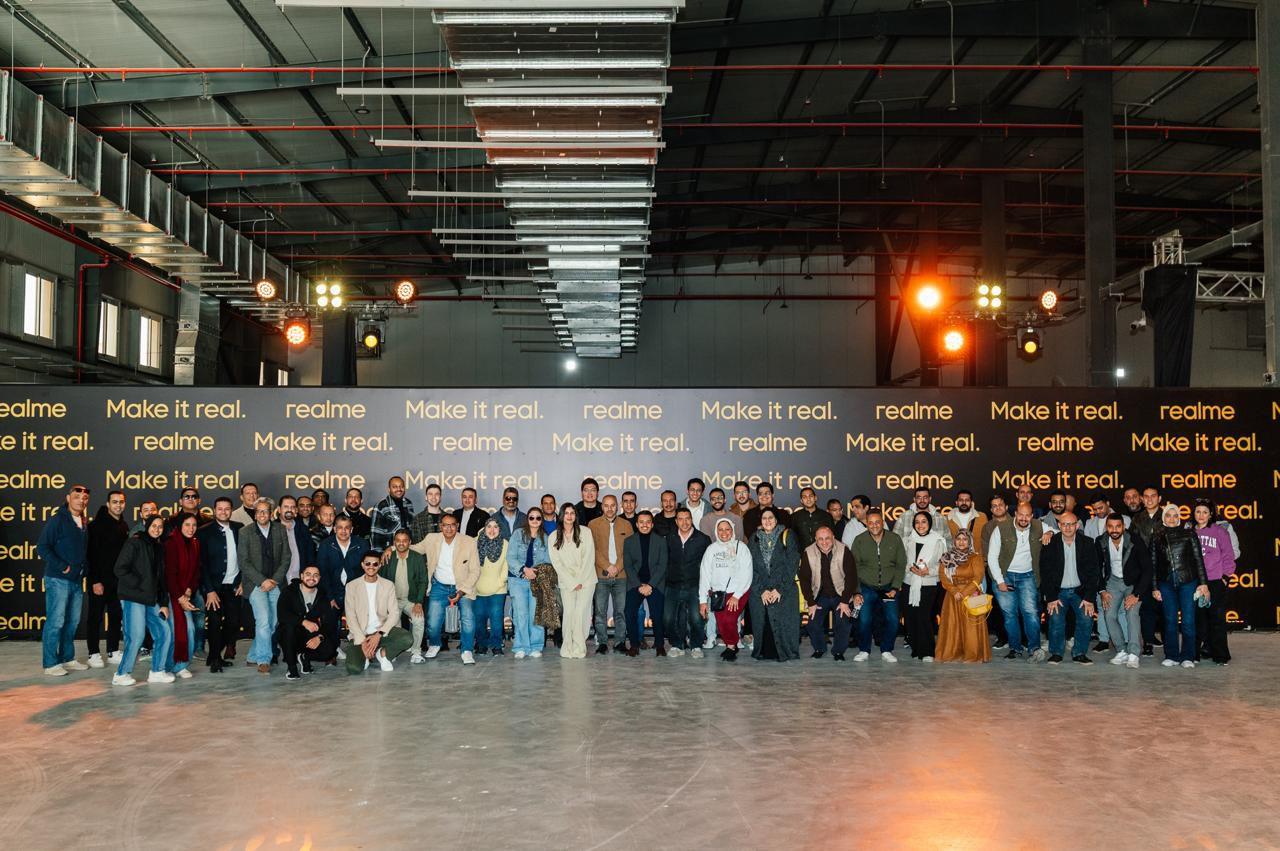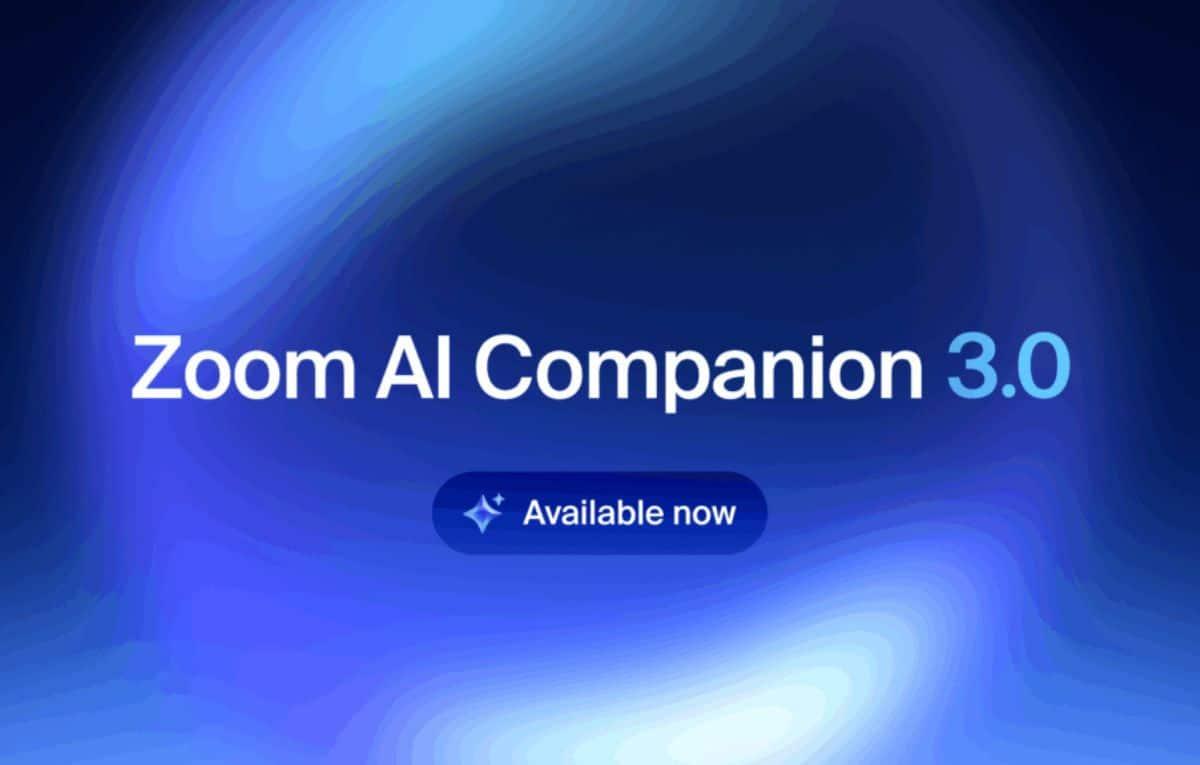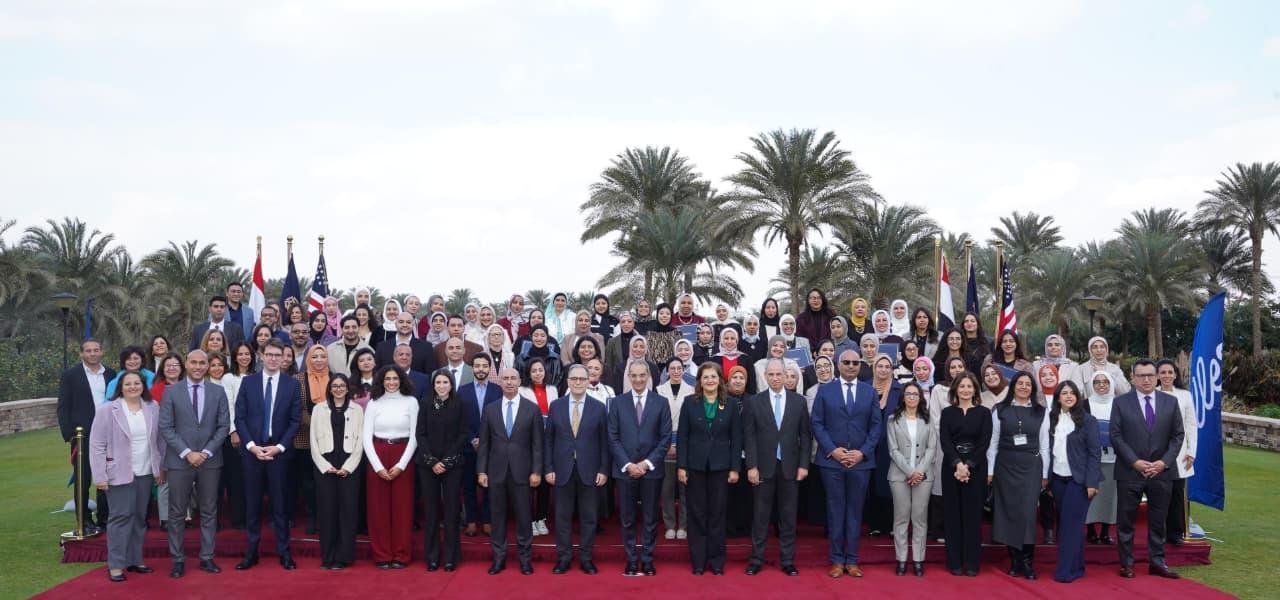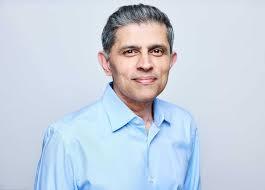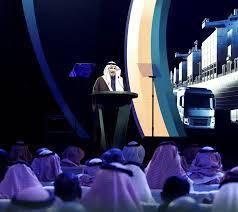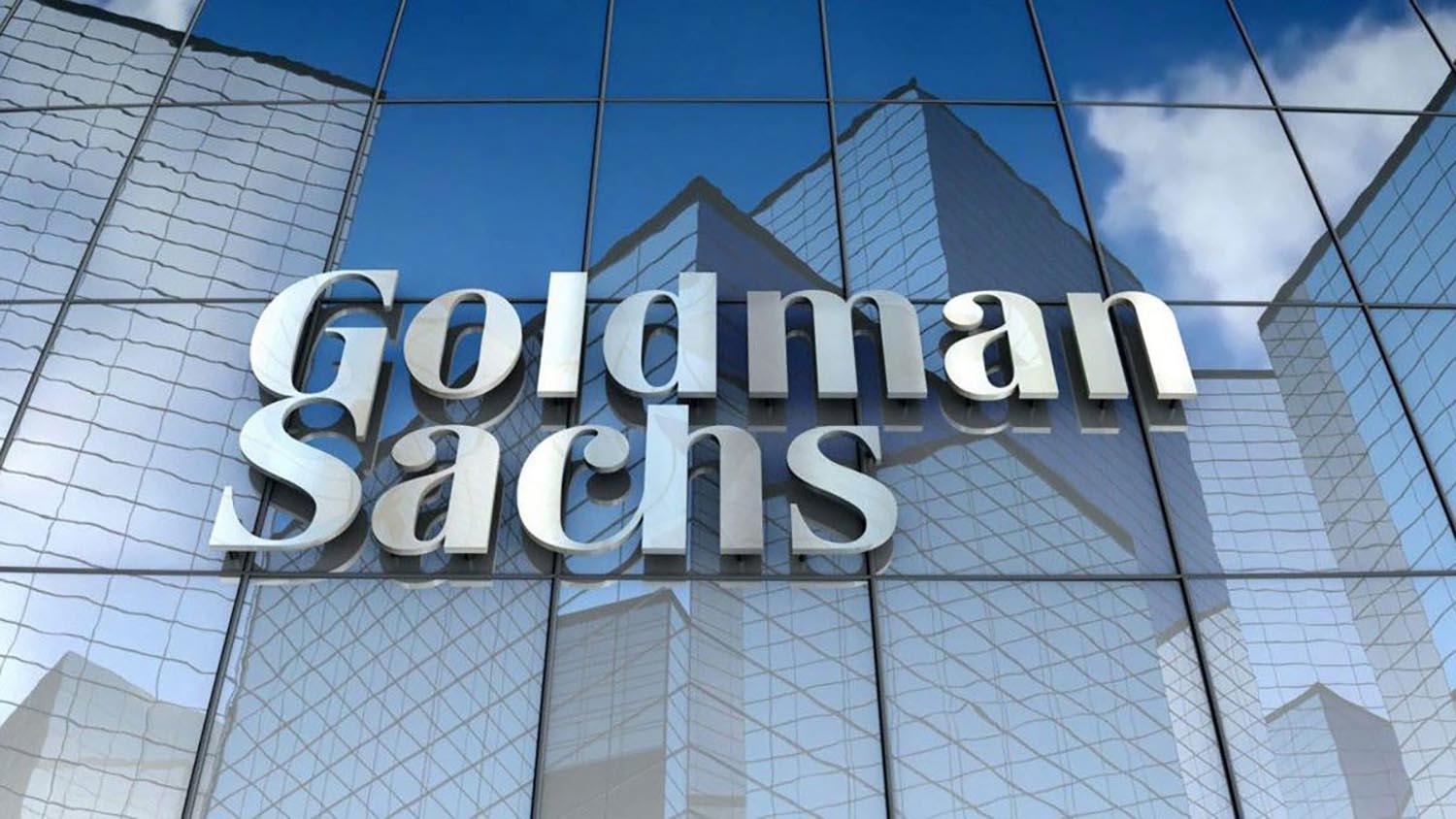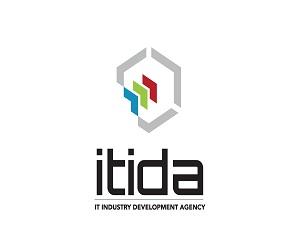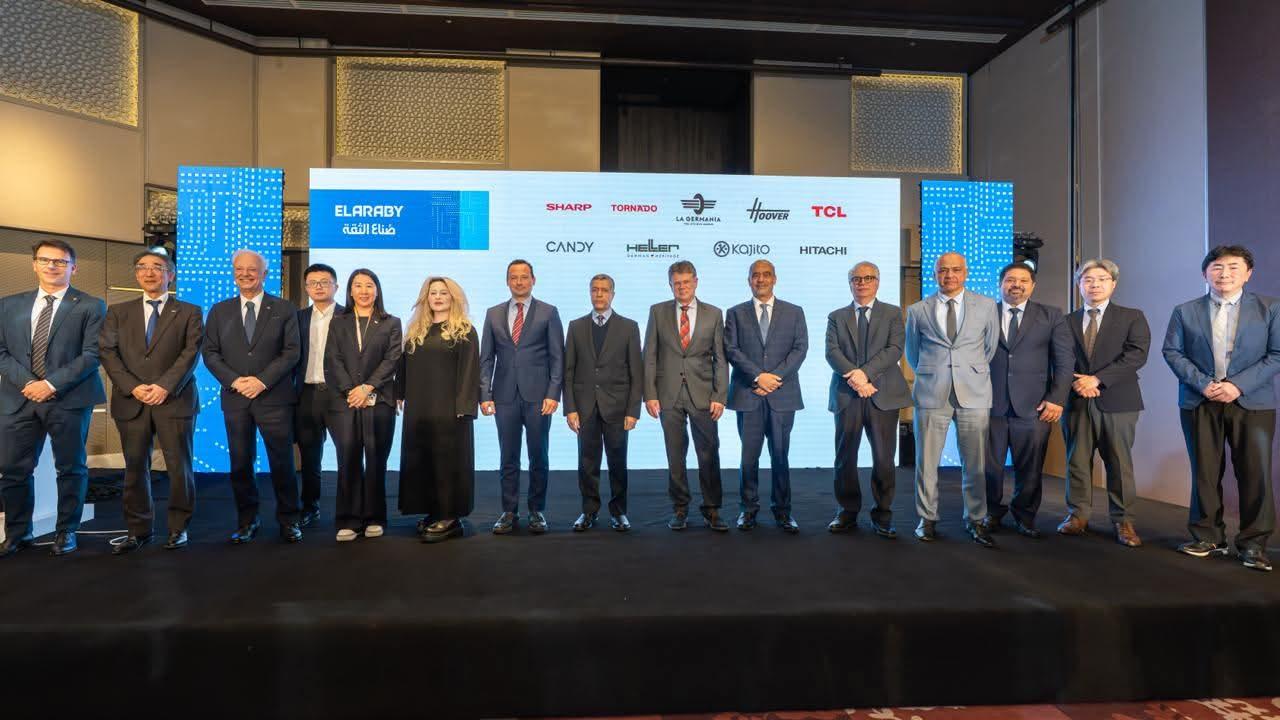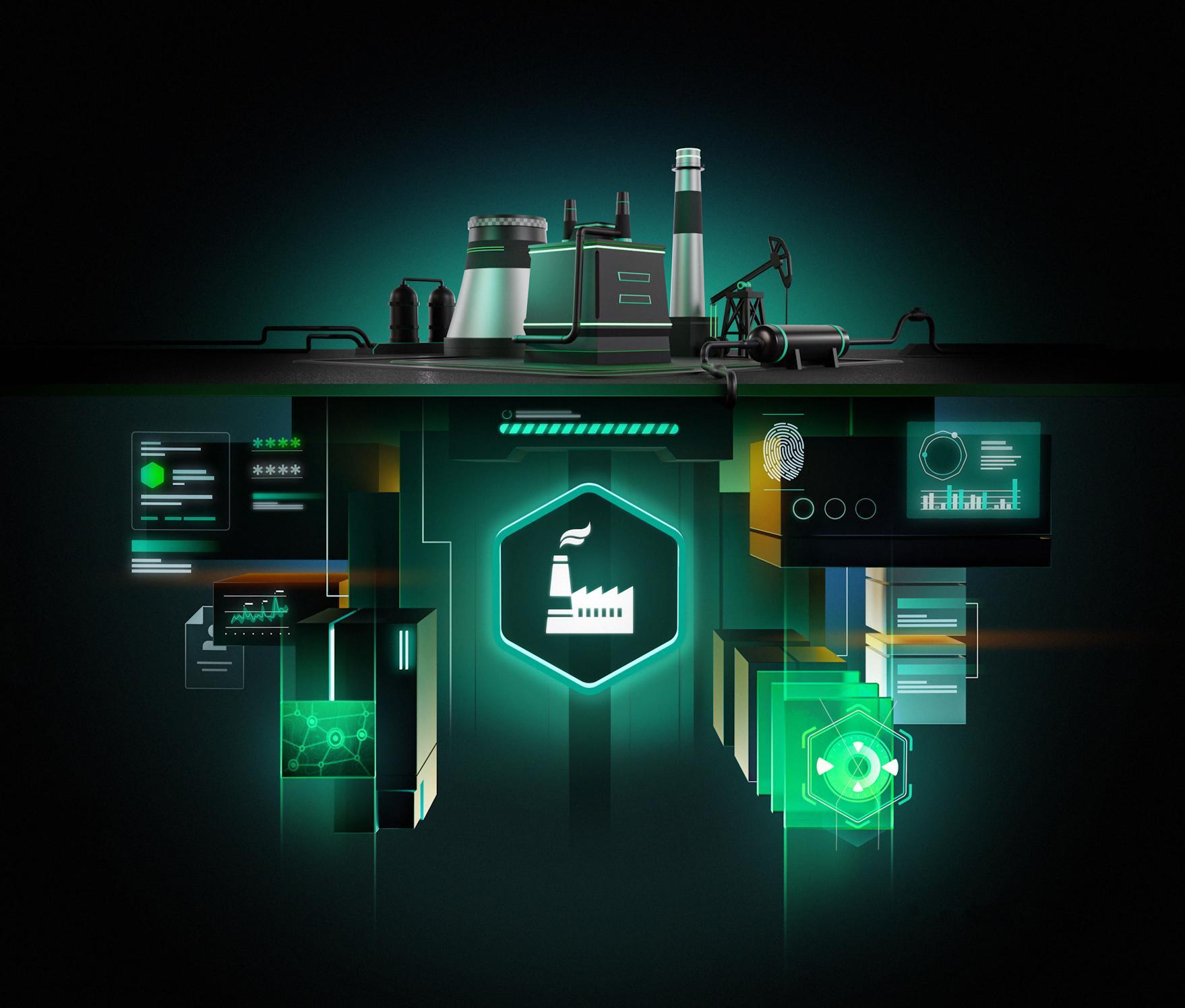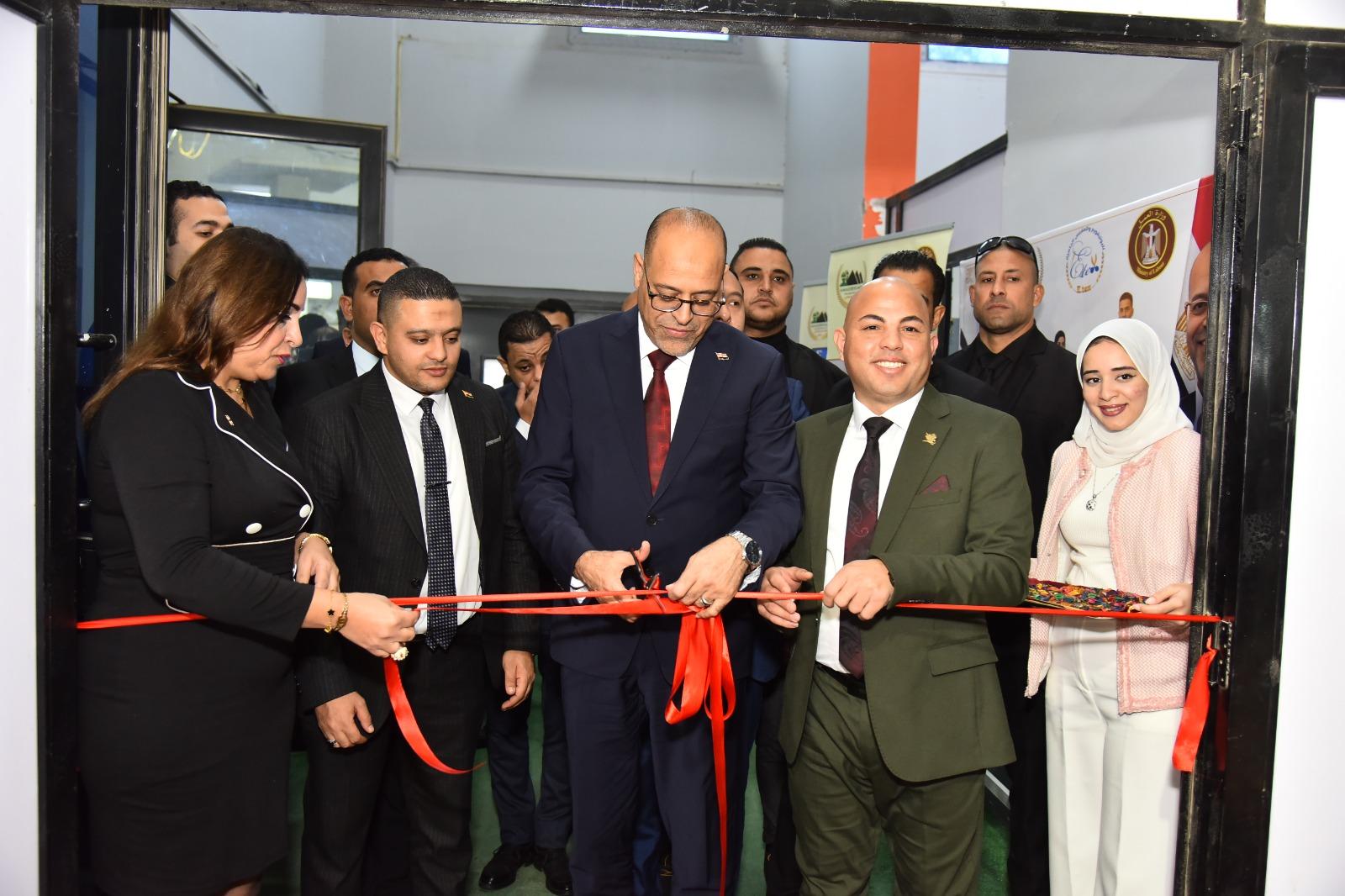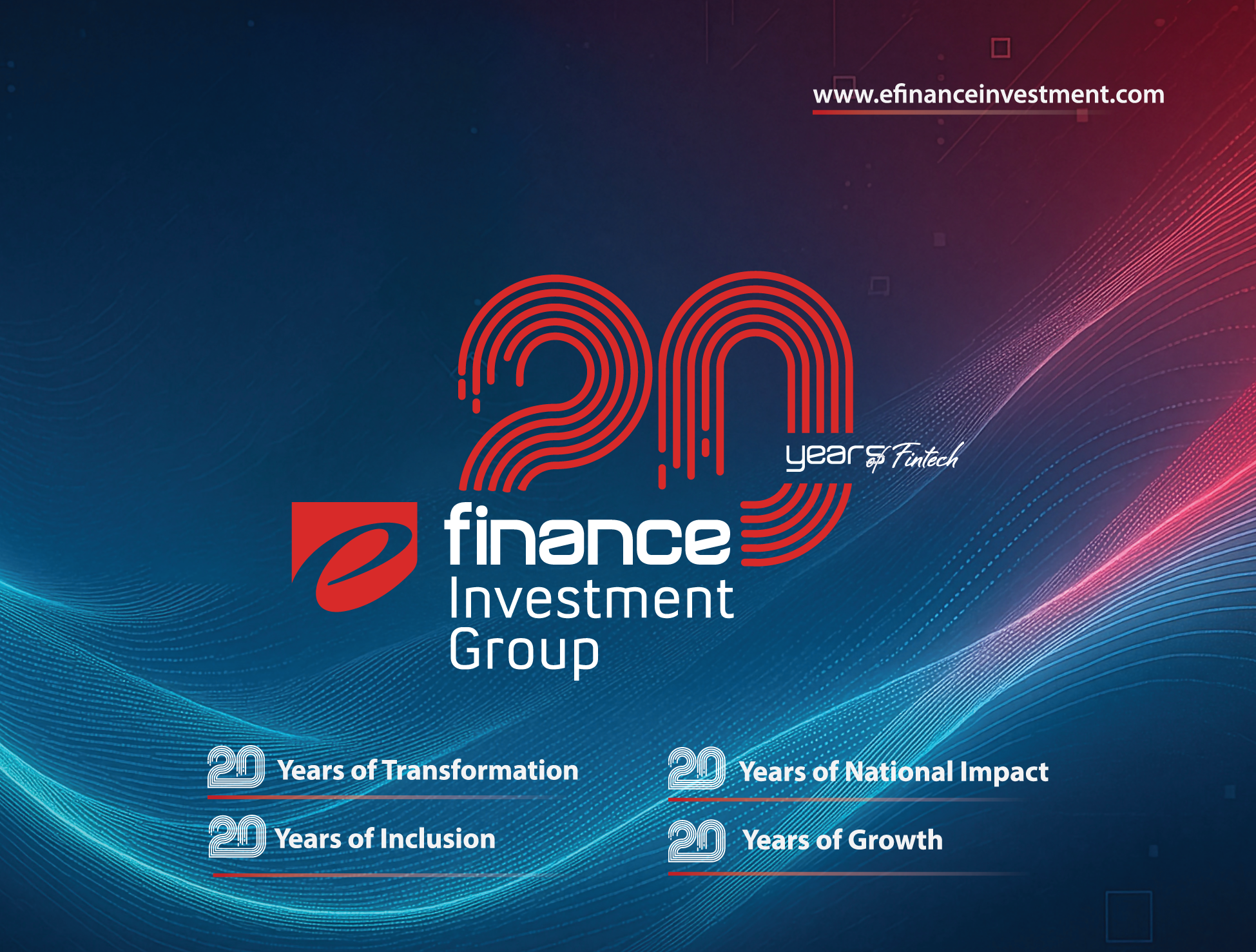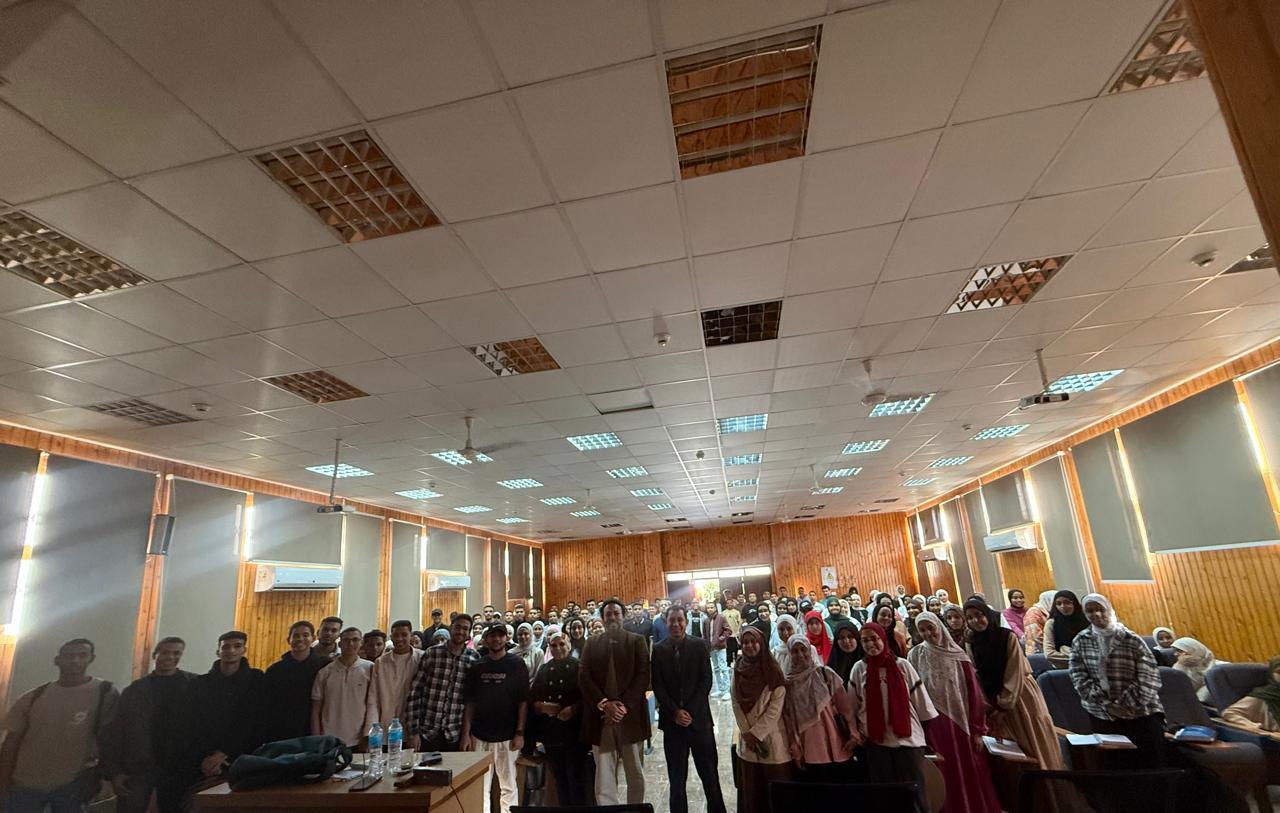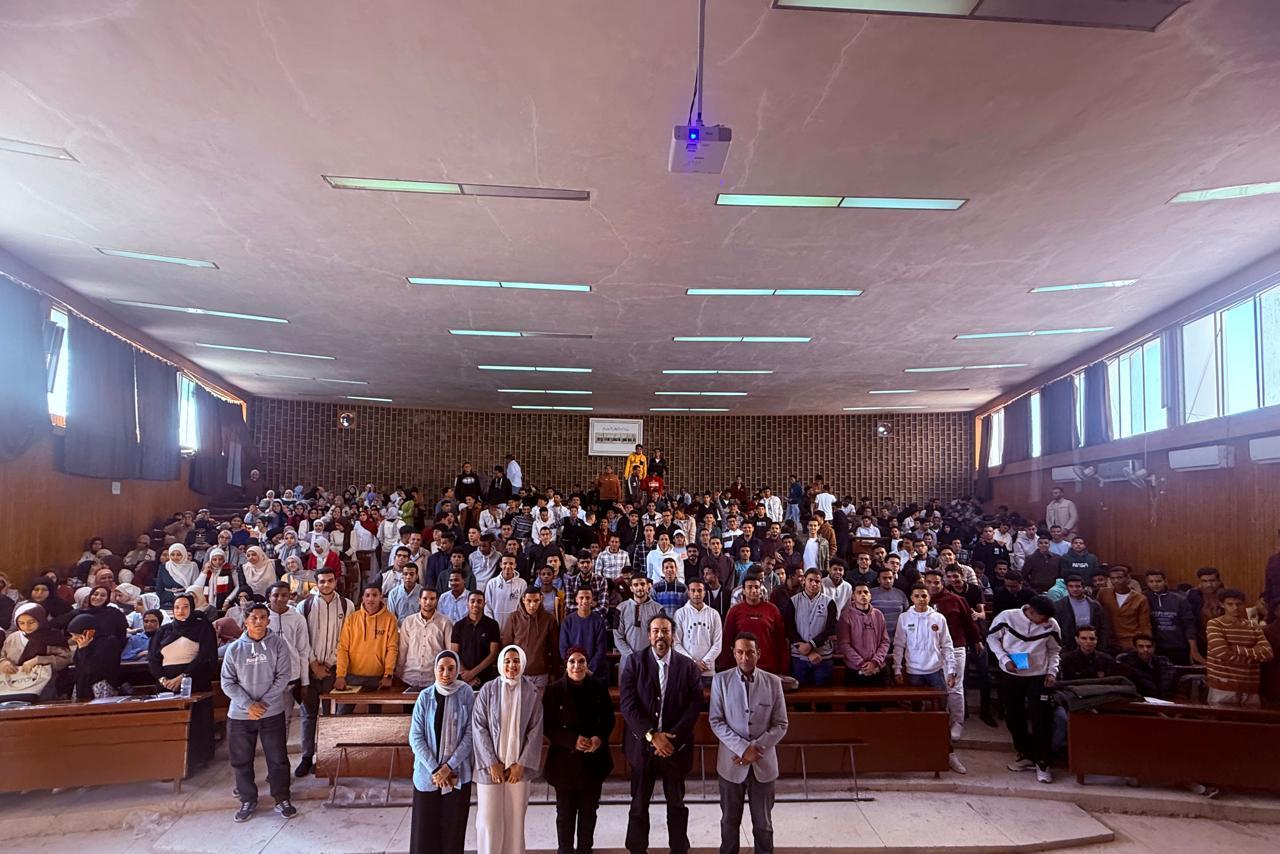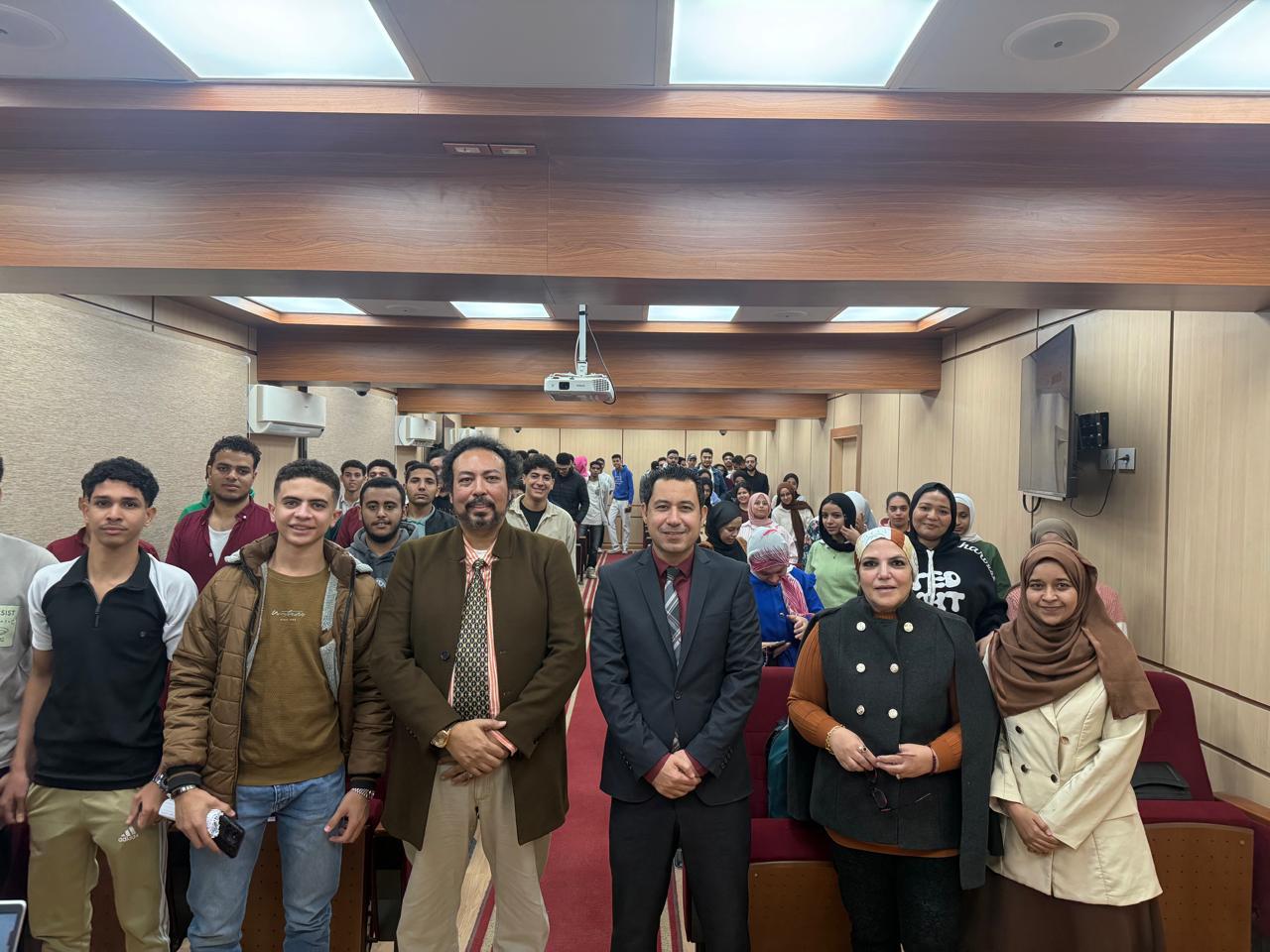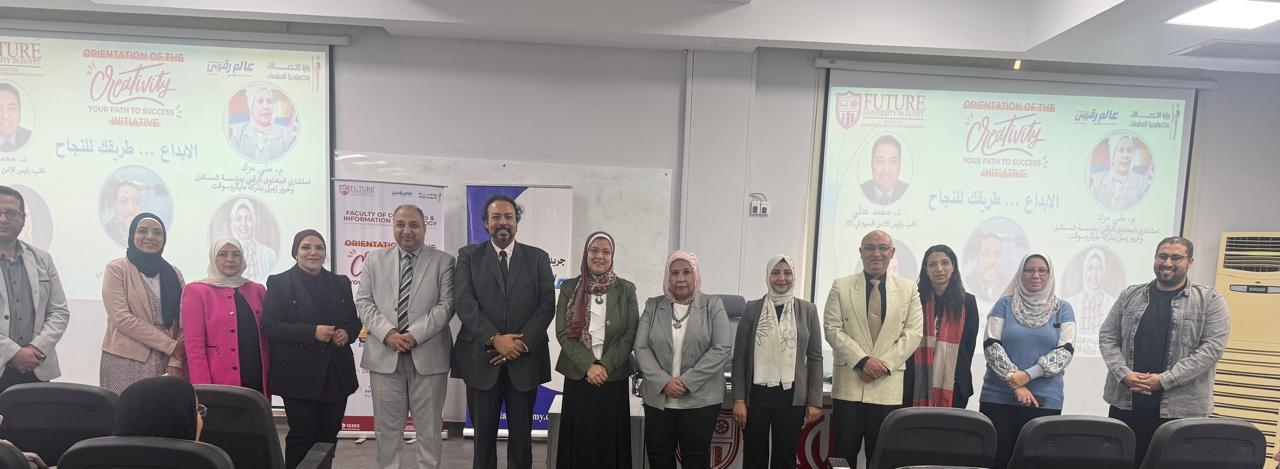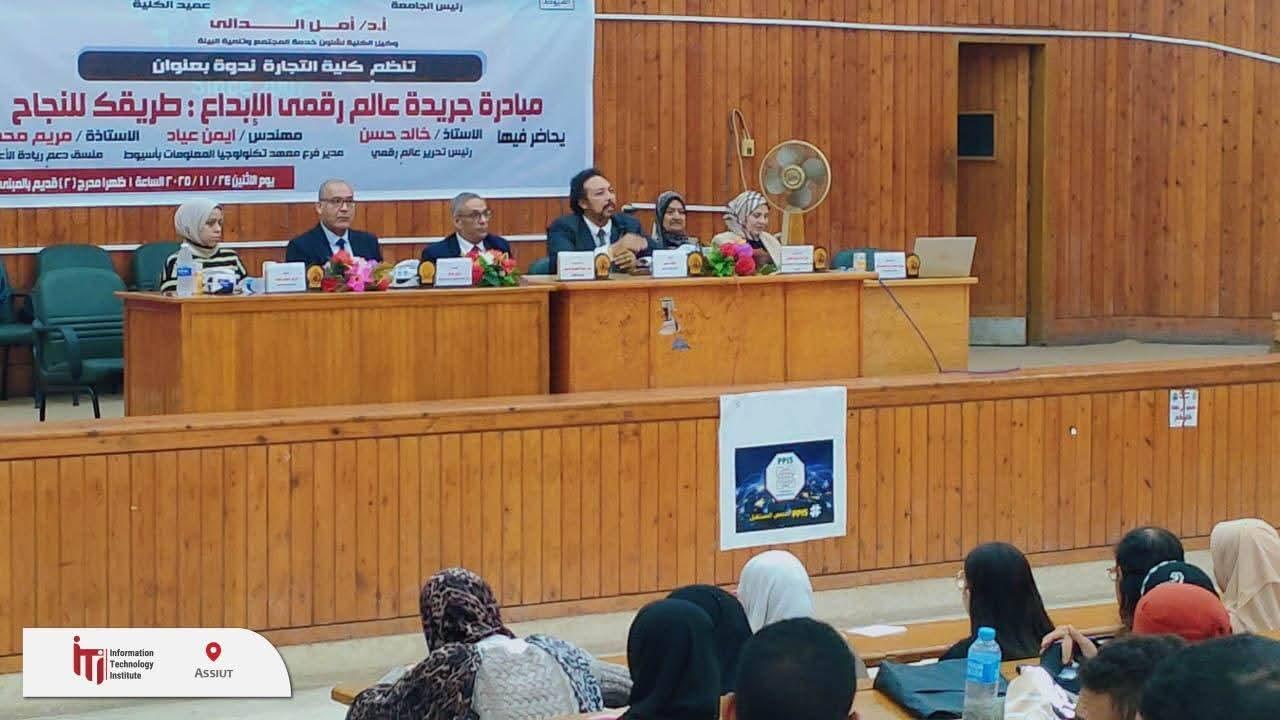By: Ayub Osman,
Head of Sustainability and Corporate Responsibility at Ericsson Middle East and Africa
Sustainability, as put by Egypt’s Vision 2030, has but one objective: “ensure the rights of future generations”[1]. Developed in alignment with the United Nations Sustainable Development Goals (SDGs), the Egypt Vision 2030 is a unified long-term political, economic, and social vision. More specifically, the vision sets a target to reduce greenhouse gases by 10% from the energy sector, including Oil & Gas (O&G), by 2030 compared to 2016 levels.[2] This translates into immense pressure for the O&G industry to improve operational efficiency, productivity, and worker safety; maintain cybersecurity; and, at the same time, reduce environmental impact.
Digitalization for sustainability
Governments, shareholders, and society expect O&G companies to contribute to cleaner energy, and ultimately meet the global goal of Net Zero carbon by 2050[3]. Thankfully, there’s an array of technologies today helping the O&G sector revolutionize factory operations for a greener footprint.
These technologies, powered by connectivity, include automation, Artificial Intelligence (AI), Augmented Reality (AR) and the Internet of Things (IoT). 5G technology has enabled higher flexibility, lower cost, and shorter lead times for factory floor production reconfiguration, layout changes, and alterations. This has given intelligent factories the ability to drive productivity and efficiency, while significantly lowering carbon footprint.
By heightening efficiency of operations, digitalization and connectivity have taken up a major role in the sustainability revolution, helping factories and companies find ways to supply their products with fewer emissions and less waste.
From industry to human resources
It is impossible to achieve sustainable development without nurturing one of the most precious resources: people.
With that in mind, we took inspiration from Egypt’s Vision 2030 agenda, and developed the Ericsson Egypt Together Apart Hackathon to hack for a connected future and solve shared global challenges. The theme-based hackathon aimed to identify innovative commercially viable solutions that showcase the power of connectivity and 5G.
Improving the quality of life and standard of living are key elements under the social dimension of Egypt Vision 2030, which is why participants were asked to focus on creating innovative and viable solutions that are aimed at increasing the accessibility and inclusivity of healthcare and education in the country. In parallel, the economic dimension of the hackathon focused on Egypt’s aim to achieve knowledge-based economic growth and centered around digital transformation, increasing employment rates, promoting entrepreneurship, increasing the economy’s resilience and competitiveness, and also achieving financial inclusion in the country without which sustainable development can’t be achieved.
Collaboration for change
Companies and governments around the world have set ambitious plans to meet their Net Zero objectives, and collaboration is the only way forward. In 2021, Ericsson introduced a vision to improve lives, redefine business and pioneer a sustainable future and today, more than ever, we are committed to working with partners across and beyond the ICT ecosystem to make this vision a reality.
We are proud to always assert ourselves as a trusted partner that understands the sustainability journey as we have also set an ambition to be Net Zero across our value chain by 2040. As part of this work, we aim to be Net Zero in our own activities and cut emissions by 50 % in our supply chain and portfolio by 2030.
There are a number of strategies we’ve adopted to reduce environmental impacts and emissions, starting with minimizing waste which is key to a circular economy, and high reuse and recycling rates through smart product design. Our upcoming material efficiency standard also include requirements on design for recyclability, reuse, and recovery.
In addition to hardware optimization, we also help our customers break the energy curve as we move toward 5G by driving energy performance improvements in standards. Energy optimized products are developed to improve services.
We have developed innovative solutions that enable operator networks to use as little energy as possible while managing expected growth in data traffic, meeting the needs of both current and future 5G networks. This allows us to simultaneously meet customer expectations and assist the telecom industry in reaching Net Zero. To date, we have achieved 36% energy savings from delivered Ericsson Radio System radios versus the legacy portfolio, surpassing the company’s approved Science Based Target of 35% one year ahead of schedule as outlined in our Sustainability and Corporate Responsibility Report.
Last but not least, our infrastructure and services enable leveraging IoT which can help reduce greenhouse gas emissions by up to 15% by 2030. The main areas where ICT can support are transportation, travel, buildings, electricity grids, services, manufacturing, agriculture, and land use, all of which fall under the nine pillars outlined by Egypt’s sustainable development strategy.
The ICT industry has demonstrated its capabilities in the creation of opportunities and efficiencies for a more sustainable tomorrow. Today more than ever, we stand by our partners in Egypt to do our share in turning the Egypt Vision 2030 into reality.
